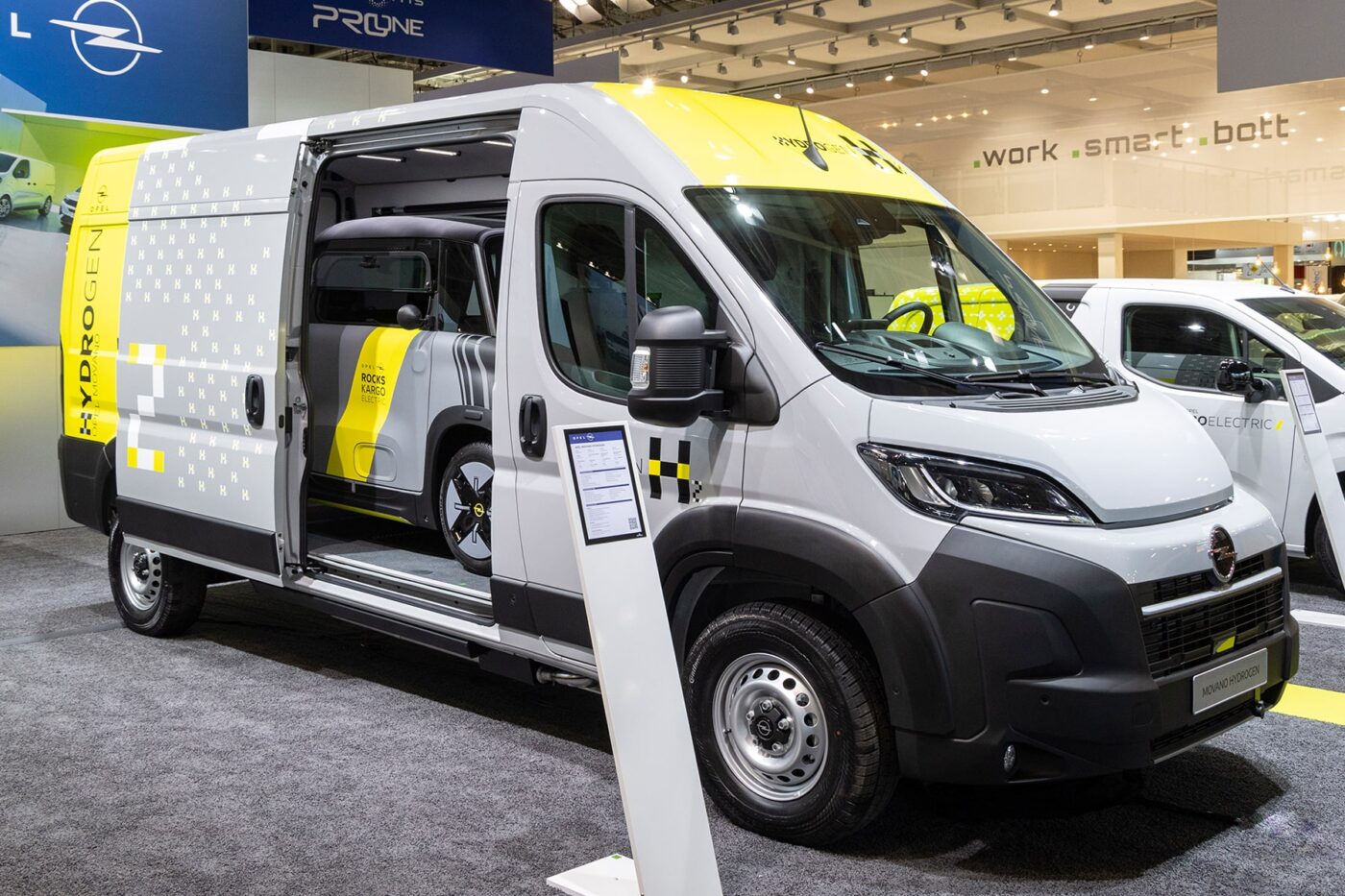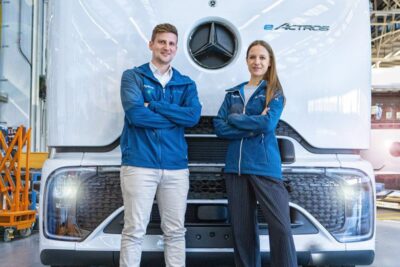Stellantis halts hydrogen vehicle plans in Europe amid market stagnation
Stellantis has confirmed the discontinuation of its hydrogen fuel cell technology development programme in Europe. The automotive group will no longer proceed with serial production of its planned hydrogen-powered Pro One vans, which were scheduled to be built at its Hordain facility in France and Gliwice plant in Poland this summer.
According to Stellantis, the decision follows a strategic review of the mid-term prospects for hydrogen adoption within the European light commercial vehicle sector. It cited three core factors behind its decision: limited availability of hydrogen refuelling infrastructure, high capital expenditure requirements for scaling production, and the absence of strong consumer purchasing incentives to drive demand before the end of the decade.
Less than a week ago, the group already announced that it had shelved its FCEV programme for the UK. The right-hand drive versions for the British market were also built in France and Poland. This is a departure from the previous strategy: as recently as April 2024, Jean-Michel Billig, head of the Group’s hydrogen programme, forecast a market share of up to 40 per cent for H2 vans. Moreover, it only started series production of the medium-sized and large FCEV vans at the beginning of 2024.
In the medium-sized van segment (so the Citroën ë-Jumpy, Fiat Professional E-Scudo, Opel/Vauxhall Vivaro and Peugeot E-Expert), a second generation of the fuel cell system was supposed to offer a range of up to 400 kilometres and a refuelling time of less than four minutes. According to Stellantis, the large models (ë-Jumper, E-Ducato, Movano and E-Boxer) have a range of up to 500 kilometres and a refuelling time of five minutes. With this data, Stellantis had hoped to fuel demand from customers who want to drive electrically but without the charging times of the battery-electric versions. But a lack of refuelling stations and the high cost of hydrogen were apparently too high a hurdle.
“In a context where the Company is mobilizing to respond to demanding CO2 regulations in Europe, Stellantis has decided to discontinue its hydrogen fuel cell technology development program,” said Jean-Philippe Imparato, Chief Operating Officer for Enlarged Europe. “The hydrogen market remains a niche segment, with no prospects of mid-term economic sustainability. We must make clear and responsible choices to ensure our competitiveness and meet the expectations of our customers with our electric and hybrid passenger and light commercial vehicles offensive.”
Stallantis confirmed that the halt in hydrogen vehicle production will not affect staffing levels at its manufacturing facilities. Research and development activities related to hydrogen fuel cell technology will be reassigned to alternative projects within Stellantis’ electrification portfolio.
The decision also raises questions for Symbio, the hydrogen fuel cell system joint venture in which Stellantis is a shareholder alongside Forvia and Michelin. In a statement, the company said it has “initiated discussions with the shareholders of Symbio to evaluate the current market consequences and to preserve the best interests of Symbio, in line with their respective obligations.”





1 Comment